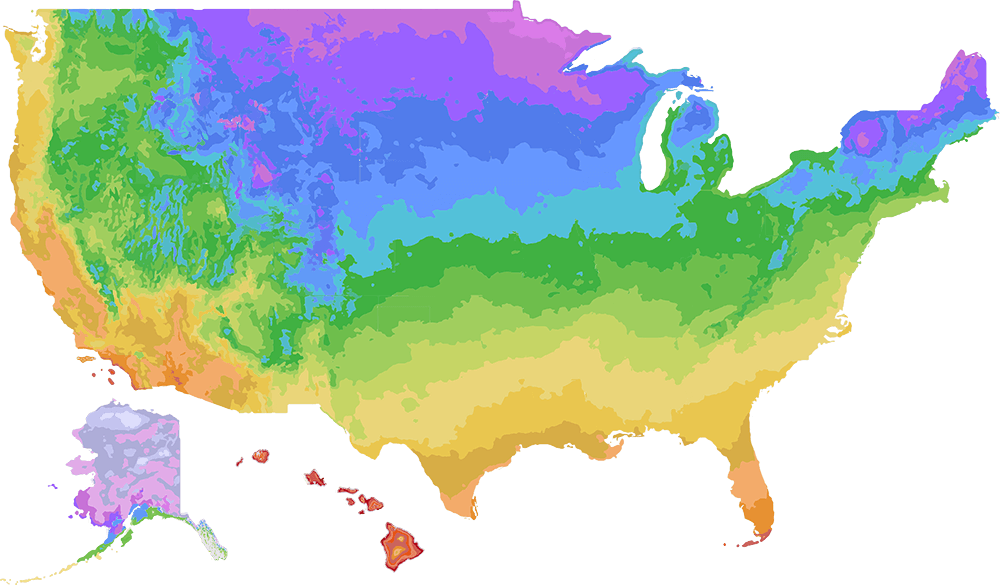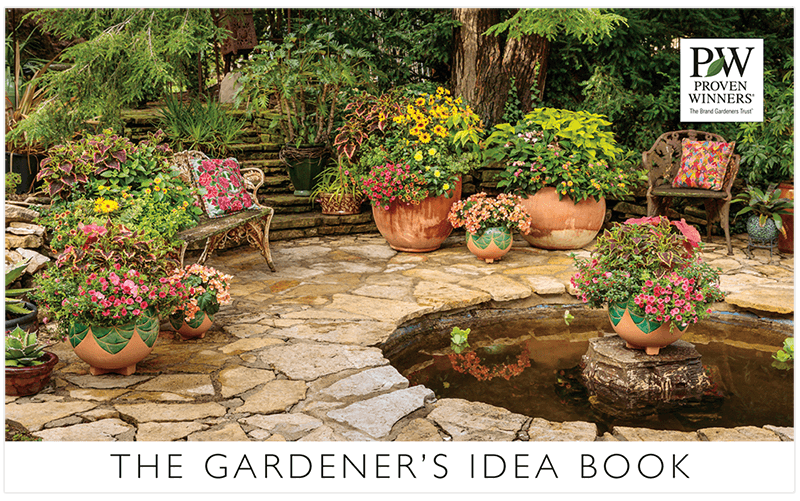Watering Container Plants in the Summertime
Watering is vital to your plants' health, especially once the heat of summer kicks in. Follow these important steps to keep your container plants well-watered throughout the season.
Just like you get thirsty when you're working outside in the summertime, your plants - especially those growing in containers - likely will need more water as temperatures rise. Are you doing all you can to use water efficiently while making sure your plants get all they need? Here are a few watering pointers to keep your plants well-watered all season.
Rethink the type of pot you're using.
Unglazed terra cotta pots dry out more quickly than glazed ceramic pots. Plastic containers retain water more effectively than ceramic pots, but dark colored or thin-walled plastic pots can really heat up the soil and stress your plants' roots. The most efficient types of flowerpots are self-watering AquaPots® or those that include an AquaPots Insert. Both provide a consistent supply of moisture for your plants and typically only need to be refilled once per week.

Flowers flourish with the consistent moisture provided by self-watering AquaPots Lite, pictured above.
Additionally, if you started with a smaller hanging basket or upright container in the spring and your plants have outgrown it by midsummer, you could consider bumping them up into a roomier container. The additional soil volume would give your plants more room to grow and can help with moisture and temperature regulation.
By midsummer, your plants should be sufficently rooted in their container. Therefore, it should be fairly simple to transplant them into a thicker-walled container, self-watering AquaPots planter, or a larger container if they are rootbound.
Consider your soil mixture.
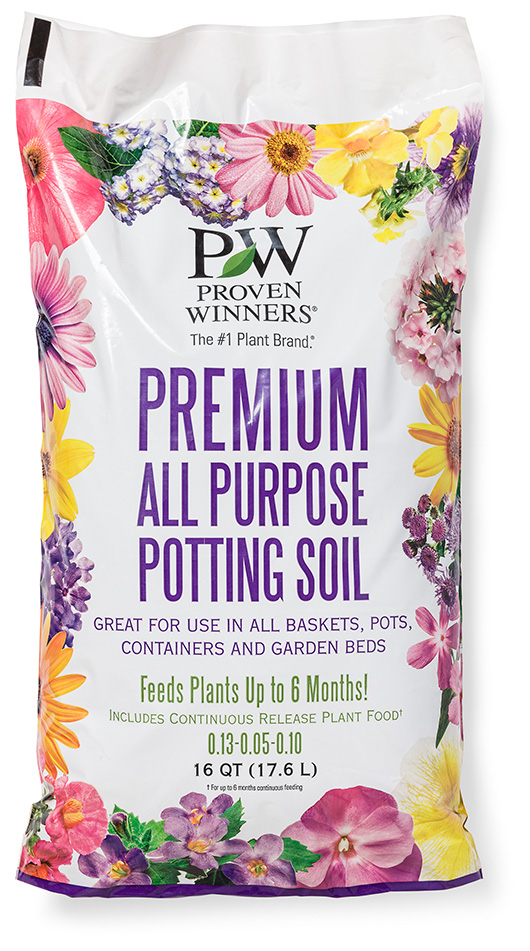 Vermiculite, perlite and bark keep potting soil light and well-drained. Peat helps the soil retain water. By using a potting mix like Proven Winners All-Purpose Potting Soil, your plants will flourish in its ideal texture which provides for both drainage and water retention. If your containers seem to need water multiple times throughout the day, check to see if the plants have become root bound. If so, see our recommendations for transplanting above. If the plants aren't rootbound but the soil is still drying out quickly, consider using a water-retaining soil additive. It will soak up water, then release it slowly back into the soil as it is needed.
Vermiculite, perlite and bark keep potting soil light and well-drained. Peat helps the soil retain water. By using a potting mix like Proven Winners All-Purpose Potting Soil, your plants will flourish in its ideal texture which provides for both drainage and water retention. If your containers seem to need water multiple times throughout the day, check to see if the plants have become root bound. If so, see our recommendations for transplanting above. If the plants aren't rootbound but the soil is still drying out quickly, consider using a water-retaining soil additive. It will soak up water, then release it slowly back into the soil as it is needed.
When potting up your container plants, be sure to leave about two inches of space at the top of the pot to hold water. Without that extra space, water will run off the soil before penetrating to the plant's roots.
Check to make sure your plants really do need water.
A lack of water isn't the only reason your plant's leaves may wilt in the summer. Before you water your container plants, do the finger test by sticking your finger down into the soil up to your second knuckle. If the soil feels dry down in the pot, it's time to water. If the soil seems adequately moist but your plants are still stressed, try moving the container into some shade in the hottest part of the day until the plants become acclimated to the summer sun and heat.
Know your plants' particular needs.
Some plants prefer to stay uniformly moist, while others prefer to dry out between watering. When combining multiple plants in a single container, it's a good idea to pair varieties that all have similar water needs. If you don't get it exactly right, know there is a bit of a "fudge factor" in pairing plants together. Those that tend to take up more moisture will often "rob" it from the others. That's why, for instance, water-loving papyrus can grow in containers with calibrachoa which prefers to dry out a little bit between waterings.
Water your plants throughly.
A light sprinkling of water isn't going to cut it, especially in the summertime. Each time you water, do so thoroughly. You'd be surprised how much water is needed to throughly wet the soil all the way through to the bottom of the pot.
If the water runs down the inside edges of the pot instead of soaking into the soil, submerse the whole container into a water-filled sink or large bucket and let the soil soak for a while. Consider using WaterWise® drip irrigation or switching to self-watering AquaPots® planters or inserts for more efficient means of keeping your plants sufficiently moist while saving time, money and resources in the process.
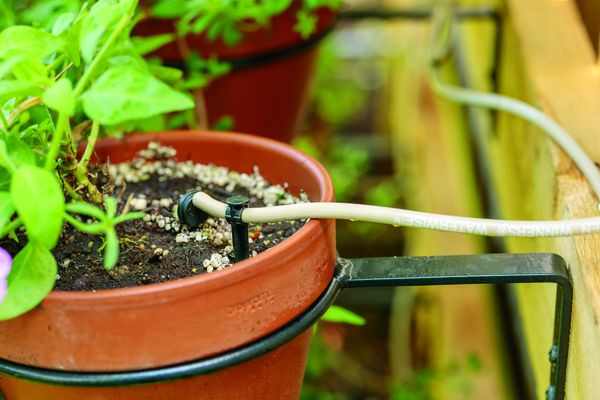
Water ten planters at once with WaterWise drip irrigation.
Don't forget to water.
Even one day of extreme temperatures and inadequate water can do irreparable damage to the most hardy container plants. Check your containers regularly and often. And if you go on vacation, be sure to have a friend or neighbor stop by to water your plants. Better yet, use self-watering AquaPots or inserts so you won't have to worry about your plants while you are away.
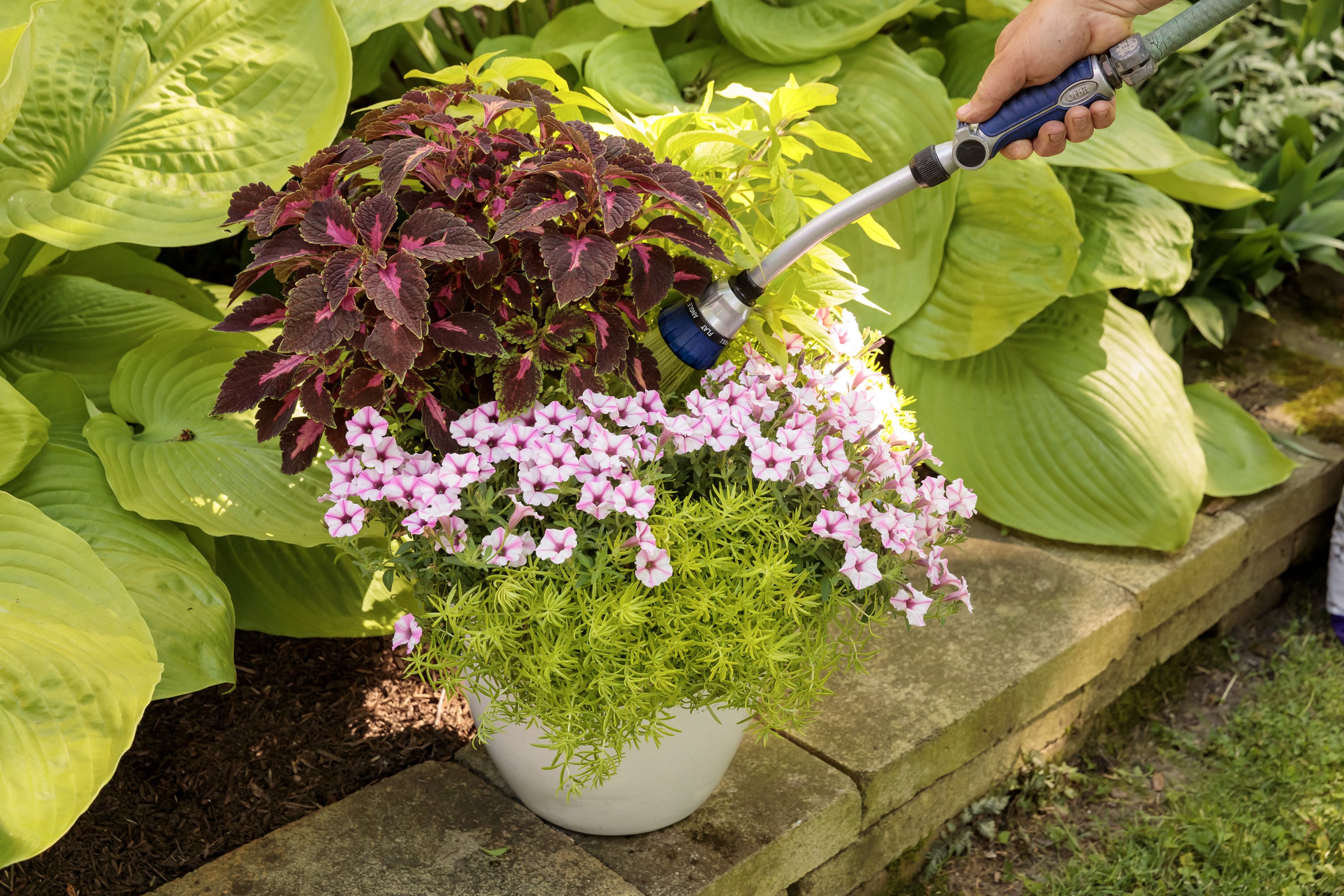
For more information on general watering practices, read How to Water Plants in Pots.
For information on what to do if you have overwatered your plant, read How to Dry Out Overwatered Plants.



